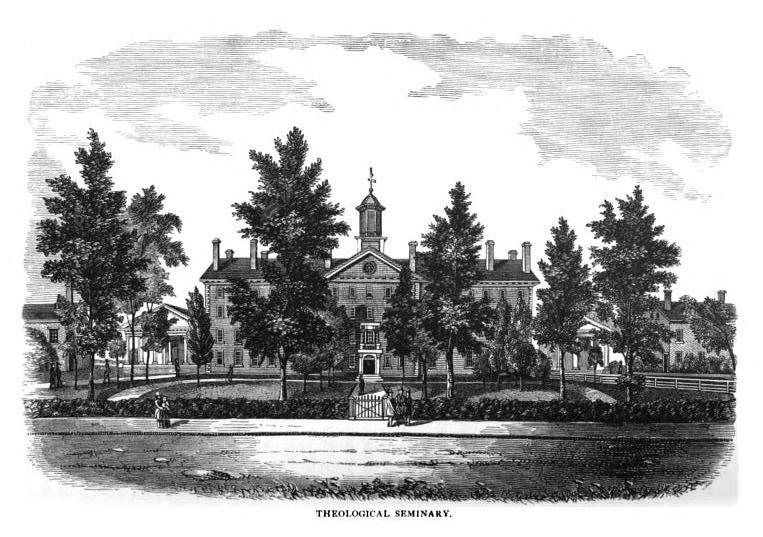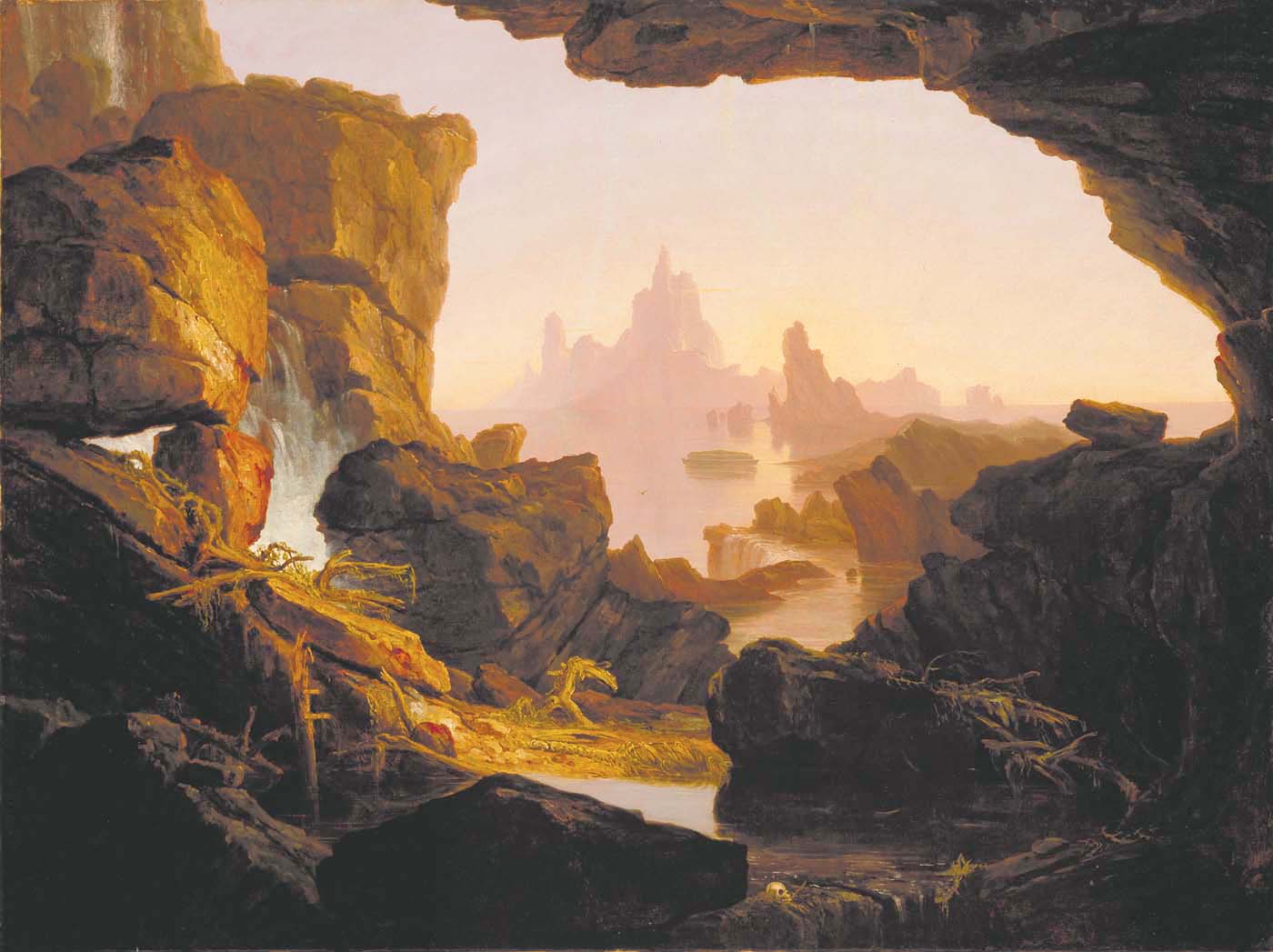|
John C. Whitcomb
John Clement Whitcomb Jr. (June 22, 1924 – February 5, 2020) was an American theologian and young Earth creationist. Along with Henry M. Morris, he wrote ''The Genesis Flood'', which influenced many conservative American Christians to adopt flood geology. Biography Whitcomb was born in Washington, D.C., the son of Salome Josephine (Fuller) and John Clement Whitcomb, an army officer. He lived in northern China between the ages of 3 and 6, and later attended The McCallie School in Chattanooga, Tennessee.Dr. Whitcomb's Biosketch WhitcombMinistries.org. Accessed 2012-01-23. His education at was interrupted in 1943 when he was drafted into the |
Winona Lake, Indiana
Winona Lake is a town in Wayne Township, Kosciusko County, in the U.S. state of Indiana, and the major suburb of Warsaw. The population was 4,908 at the 2010 census. Geography Winona Lake is located at (41.220818, -85.817118). It is now contiguous to Warsaw, the two towns having run into each other as they have expanded. According to the 2010 census, Winona Lake has a total area of , of which (or 84.92%) is land and (or 15.08%) is water. History Winona Lake is best known for the lake it is named after and built on, although the lake was originally known as Eagle Lake. Located along the eastern shore of the lake, the Winona Lake Historic District includes various historic homes and other buildings that attest to the area's history as a Chautauqua and Bible conference hotspot. It is also the home of Grace College and Grace Theological Seminary and was the home of famed preacher and professional baseball player Billy Sunday who died in 1935. The Billy Sunday Home has been pres ... [...More Info...] [...Related Items...] OR: [Wikipedia] [Google] [Baidu] |
Creation Research Society
The Creation Research Society (CRS) is a Christian fundamentalist group that requires of its members belief that the Bible is historically and scientifically true in the original autographs, belief that "original created kinds" of all living things were created during the Creation week described in Genesis, and belief in flood geology. The organization has produced various publications describing what it calls creation science, including a journal and a creation-based biology textbook; use of the textbook in public schools was ruled unconstitutional in ''Hendren v. Campbell''. During the first few years of its existence, different beliefs about Creationism and disagreement over its statement of beliefs resulted in various members of the CRS board and voting members being forced out of the organization. History Formation Walter E. Lammerts formed the organization in the 1950s after becoming concerned that the American Scientific Affiliation was falling under the influence ... [...More Info...] [...Related Items...] OR: [Wikipedia] [Google] [Baidu] |
Fundamentalist Christianity
Christian fundamentalism, also known as fundamental Christianity or fundamentalist Christianity, is a religious movement emphasizing biblical literalism. In its modern form, it began in the late 19th and early 20th centuries among British and American ProtestantsMarsden (1980), pp. 55–62, 118–23. as a reaction to theological liberalism and cultural modernism. Fundamentalists argued that 19th-century modernist theologians had misinterpreted or rejected certain doctrines, especially biblical inerrancy, which they considered the fundamentals of the Christian faith.Sandeen (1970), p. 6 Fundamentalists are almost always described as upholding beliefs in biblical infallibility and biblical inerrancy. In keeping with traditional Christian doctrines concerning biblical interpretation, the role of Jesus in the Bible, and the role of the church in society. Fundamentalists usually believe in a core of Christian beliefs, typically called the "Five Fundamentals," this arose from the P ... [...More Info...] [...Related Items...] OR: [Wikipedia] [Google] [Baidu] |
Uniformitarianism
Uniformitarianism, also known as the Doctrine of Uniformity or the Uniformitarian Principle, is the assumption that the same natural laws and processes that operate in our present-day scientific observations have always operated in the universe in the past and apply everywhere in the universe., "''The assumption of spatial and temporal invariance of natural laws is by no means unique to geology since it amounts to a warrant for inductive inference'' which, as Bacon showed nearly four hundred years ago, is ''the basic mode of reasoning in empirical science. Without assuming this spatial and temporal invariance, we have no basis for extrapolating from the known to the unknown'' and, therefore, no way of reaching general conclusions from a finite number of observations." It refers to invariance in the metaphysical principles underpinning science, such as the constancy of cause and effect throughout space-time, but has also been used to describe spatiotemporal invariance of physical ... [...More Info...] [...Related Items...] OR: [Wikipedia] [Google] [Baidu] |
Stratification (archeology)
Stratigraphy is a key concept to modern archaeological theory and practice. Modern excavation techniques are based on stratigraphic principles. The concept derives from the geological use of the idea that sedimentation takes place according to uniform principles. When archaeological finds are below the surface of the ground (as is most commonly the case), the identification of the context of each find is vital in enabling the archaeologist to draw conclusions about the site and about the nature and date of its occupation. It is the archaeologist's role to attempt to discover what contexts exist and how they came to be created. Archaeological stratification or sequence is the dynamic superimposition of single units of stratigraphy, or contexts. Contexts are single events or actions that leave discrete, detectable traces in the archaeological sequence or stratigraphy. They can be deposits (such as the back-fill of a ditch), structures (such as walls), or "zero thickness surfaciq ... [...More Info...] [...Related Items...] OR: [Wikipedia] [Google] [Baidu] |
Wheaton College (Illinois)
Wheaton College is a Private college, private Evangelical, Evangelical Christian Liberal arts colleges in the United States, liberal arts college in Wheaton, Illinois. It was founded by evangelical abolitionists in 1860. Wheaton College was a stop on the Underground Railroad and graduated one of Illinois' first black college graduates. History Wheaton College was founded in 1860. Its predecessor, the Illinois Institute, had been founded in late 1853 by Wesleyan Methodist Church (United States), Wesleyan Methodists as a college and preparatory school. Wheaton's first president, Jonathan Blanchard (Wheaton), Jonathan Blanchard, was a former president of Knox College (Illinois), Knox College in Galesburg, Illinois and a staunch abolitionist with ties to Oberlin College. Mired in financial trouble and unable to sustain the institution, the Wesleyans looked to Blanchard for new leadership. He took on the role as president in 1860, having suggested several Congregationalist appointee ... [...More Info...] [...Related Items...] OR: [Wikipedia] [Google] [Baidu] |
Bernard Ramm
Bernard L. Ramm (1 August 1916 in Butte, Montana – 11 August 1992 in Irvine, California) was a Baptist theologian and apologist within the broad evangelical tradition. He wrote prolifically on topics concerned with biblical hermeneutics, religion and science, Christology, and apologetics.Roger E. Olson''The SCM Press A-Z of evangelical theology'' SCM-Canterbury Press Ltd, 2005. . pp.48-51 The hermeneutical principles presented in his 1956 book ''Protestant Biblical Interpretation'' influenced a wide spectrum of Baptist theologians.''A genetic history of Baptist thought: with special reference to Baptists in Britain and North America'' [...More Info...] [...Related Items...] OR: [Wikipedia] [Google] [Baidu] |
Gap Creationism
Gap creationism (also known as ruin-restoration creationism, restoration creationism, or "the Gap Theory") is a form of old Earth creationism that posits that the six-''yom'' creation period, as described in the Book of Genesis, involved six literal 24-hour days (light being "day" and dark "night" as God specified), but that there was a gap of time between two distinct creations in the first and the second verses of Genesis, which the theory states explains many scientific observations, including the age of the Earth. It differs from day-age creationism, which posits that the 'days' of creation were much longer periods (of thousands or millions of years), and from young Earth creationism, which although it agrees concerning the six literal 24-hour days of creation, does not posit any gap of time. History From 1814, Thomas Chalmers popularized gap creationism; he attributed the concept to the 17th-century Dutch Arminian theologian Simon Episcopius. Chalmers wrote: Chalmers be ... [...More Info...] [...Related Items...] OR: [Wikipedia] [Google] [Baidu] |
Day-age Creationism
Day-age creationism, a type of old Earth creationism, is an interpretation of the creation accounts in Genesis. It holds that the six days referred to in the Genesis account of creation are not ordinary 24-hour days, but are much longer periods (from thousands to billions of years). The Genesis account is then reconciled with the age of the Earth. Proponents of the day-age theory can be found among both theistic evolutionists, who accept the scientific consensus on evolution, and progressive creationists, who reject it. The theories are said to be built on the understanding that the Hebrew word ''yom'' is also used to refer to a time period, with a beginning and an end and not necessarily that of a 24-hour day. The differences between the young Earth interpretation of Genesis and modern scientific theories believed by some day-age creationists such as the Big Bang, abiogenesis, and common descent are significant. The young Earth interpretation says that everything in th ... [...More Info...] [...Related Items...] OR: [Wikipedia] [Google] [Baidu] |
Flood Geology
Flood geology (also creation geology or diluvial geology) is a pseudoscientific attempt to interpret and reconcile geological features of the Earth in accordance with a literal belief in the global flood described in Genesis 6–8. In the early 19th century, diluvial geologists hypothesized that specific surface features provided evidence of a worldwide flood which had followed earlier geological eras; after further investigation they agreed that these features resulted from local floods or from glaciers. In the 20th century, young-Earth creationists revived flood geology as an overarching concept in their opposition to evolution, assuming a recent six-day Creation and cataclysmic geological changes during the biblical flood, and incorporating creationist explanations of the sequences of rock strata. In the early stages of development of the science of geology, fossils were interpreted as evidence of past flooding. The "theories of the Earth" of the 17th century proposed m ... [...More Info...] [...Related Items...] OR: [Wikipedia] [Google] [Baidu] |




_Theory.png)
